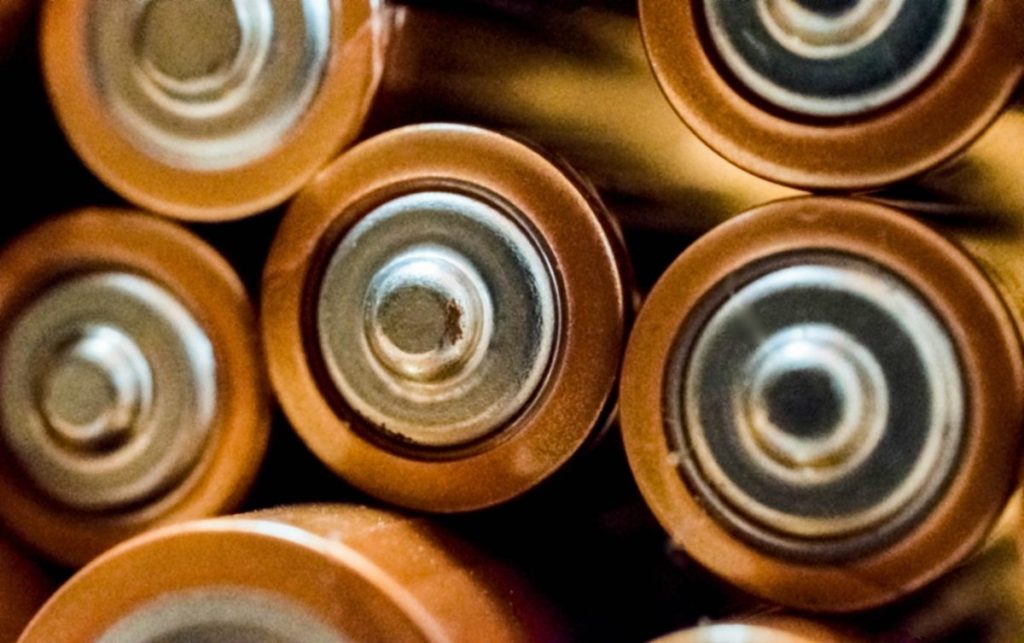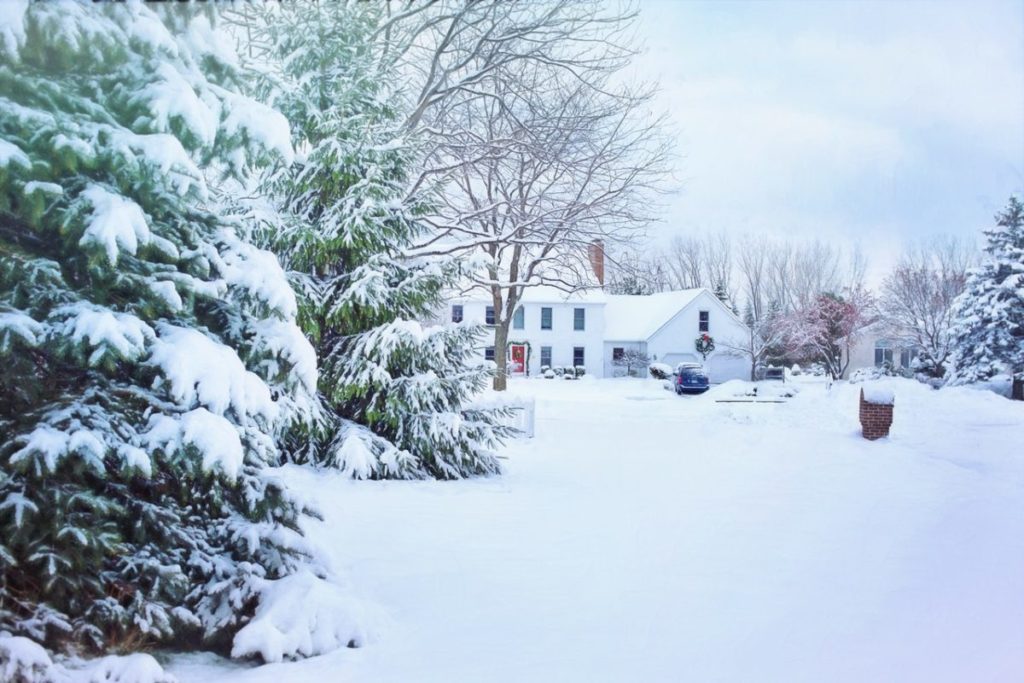- Walk-in Traffic is by Appointment Only - More Details
Best Home Maintenance Projects To Tackle This Winter

Holiday House Selling Tips (And Buying Too)
December 3, 2021
Good News For Charlotte Home Buyers in 2022
December 14, 2021Happy Home Tips
Winters can be rough and, at times, unpredictable. They can also be expensive in terms of heating costs, wear and tear on a home, and possible emergencies.
The good news is that there is plenty you can do to get ready for winter and keep any hassles to a minimum. Here are our top tips for preparing your home for the winter months.
1) Check Batteries In Smoke and Carbon Monoxide Detectors
While this may not seem like a winter-specific chore, it can be. Making sure your smoke and carbon monoxide detectors have fresh batteries and are working is something you should be doing regularly. If you make this a part of your winter preparation routine as well as part of your spring, summer, and fall preparations, you can be more confident that you and your family will get the warning you need should the worst happen.
2) Give Your Heating System A Once-Over
Even if you’ve already turned your heat on this year, it’s not too late to do some preventative maintenance. Ensure your boiler system is cleaned and serviced regularly and that furnace filters have been changed. If you’re running a high-efficiency system, ensure your PVC vent pipes are clear of any obstructions. Likewise, check your heating vents for dust or animal fur, and give your radiators a quick dusting.
If applicable, consider bleeding your radiators before they go into heavy winter-mode use. Again, you can find some great tutorials on YouTube on how to do this yourself safely.
3) Clear Debris From Rain Gutters and Drainpipes
Between rain and snow-melt, you want to ensure water is not collecting on your roof and eaves. Climb up there (or hire someone) to clear out all the dead leaves and other debris from your gutters and drainpipes. Make sure drainage is flowing away from your house. Doing this each year will help keep water from entering your home and lengthen the life of your roof and gutters.
Another benefit of clearing your gutters is that you’re also less likely to have ice build-up along the edges of your roof, making it more challenging to let the snow melt and drain away.
4) Check Drafts On Doors and Windows
Nothing says lousy fuel efficiency like drafty doors and windows.
Open and close your doors and windows and check for any noticeable gaps. And on the first cool, windy night, go from place to place and check for a draft. If you feel cool air coming in, inspect or replace your seals and weatherstripping. If you live in a house with old windows, you may want to consider sealing the windows with clear plastic sheeting for the season or until you can get better energy-efficient windows.
If you plan to add or replace weatherstripping, know that bronze weatherstripping is long-lasting but time-consuming to install. Self-sticking plastic weatherstripping is easier but will need to be changed every year—perhaps more than once. Adhesive-backed EPDM rubber could be your best option as it’s easier to install than bronze but considerably longer-lasting than plastic.
5) Clear Your Dryer Vents
To reduce fire risk, remove built-up lint building up in your clothes dryer. Similar to checking your smoke and carbon monoxide detector batteries, cleaning your dryer vents isn’t necessarily a winter-only task but one that should be done regularly and easy enough to incorporate into your winterizing routine.
You probably clean your lint filter often, but lint can also collect beneath and behind the area where your filter slides in and out. A vacuum with a narrow nozzle can clear these areas out quickly.
You’ll also want to look for lint vents located at the rear of your driver. Again, check your owner’s manual if you don’t see them right away and follow the manual’s cleaning instructions.
6) Get Ready For Winter Weather Problems
Winter can get a bit harsh. Between blizzards, freezing rain, sleet, and temperatures often below freezing, it’s a good idea to be prepared for sudden household emergencies such as power outages, loss of heating, or frozen pipes.
Keep a good supply of portable lights and fresh batteries. You may also want a radio on hand that can be powered by batteries, solar panels, or a hand crank to stay current with local news. If you know a storm is coming, rechargeable power supplies for mobile devices are also good to have on hand.
Have a supply of fresh water on hand and foods that won’t spoil and can be easily prepared. Also, make sure you know where your snow shovels, ice scrapers, gloves, and heavy winter gear are and that they’re in good condition.
Finally, nothing says winter disaster like a frozen water pipe that’s burst. Know where your shutoff valves are and that you have a working sump pump if you experience severe flooding.
Prevention Now Means Fewer Problems Later
Preparing for winter may seem like a lot of work at first, but it’s nothing compared to dealing with problems later in winter that could have been avoided. So even if you don’t live someplace known for harsh winters, it’s best to be prepared.
By checking your home, conducting a little weatherproofing, and performing preventative maintenance, you can rest assured that cold and wet will stay outside, and you’ll be warm and dry inside.
If you need home maintenance services, contact our team for immediate help!







